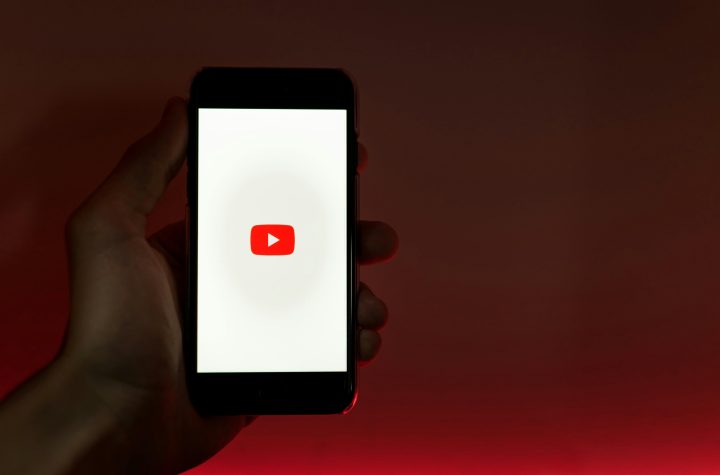
Social media looks like an easy place to earn quickly, but it is much harder than you’d think. For promoting a product, a feature, or brand awareness, one cannot assume that posting about it on social media platforms is going to garner attention. For that, you need a data-driven strategy. Because you need people not just to view your product or brand, you also want people to engage with it.
Social media marketing allows you to reach a large number of people at a low cost while still having an impact. This is why any business must understand it.
What is Social Media Marketing?
Social Media Marketing (SMM) uses social media to engage with consumers to build a company’s brand, generate awareness, and drive website traffic. A brand uses social media to create brand awareness and build relationships with new and existing customers. A campaign is data-driven and designed to focus on outcomes and influence people. Here is how you can create a social media campaign:
1. Research Your Competitors
Marketers need to remember this step, it is extremely crucial. Researching your competitors will give you an understanding of what has worked for them. It can give you valuable insights for designing your campaign. For example, which post gets the most engagement? What is the tone of their sales? Aggressive, subtle, or conversational? What does their marketing strategy look like? What type of content do they post? How often?
Researching your competitors will reduce your work dramatically. You can compile this data and then take the next steps.
2. Define Your Goals.
To define your goals, you must first identify,
- Who is your target audience?
- How would you determine your target audience?
- What are your target audience’s pain points?
- How can you reach them and generate engagement?
After you have defined your target audience, you will need to create campaign goals. Is it to create brand awareness? Or recreate brand awareness? Do you want to increase website traffic? Get new customers? Boost sales? Are you interested in creating a community around your brand? Get customer feedback?
Once you have set goals and a purpose for the campaign, go to the next step.
3. Identify The Social Media Channels To Use
After defining goals, focus on achieving them and understanding different social media platforms. You can choose the best platforms for your brand and audience.
Some of the social media channels are:
- Instagram, Instagram Live, Instagram Stories, and IGTV
- YouTube
- Snapchat
Also, try not to focus on just one platform. Use different platforms to create a message and reach your goals. You can use videos, infographics, and blogs to deliver your message. Remember, visual content generates more engagement than just plain content. But keep it diverse.
4. Create Social Media Campaign Strategies
Once you’ve determined your platforms, you will need to create the types of content for social media channels, such as building a newsletter, hosting giveaways or events, getting feedback by creating polls, holding Instagram Live, and holding sales or discounts.
5. Create A Content Calendar
Creating a content calendar is essential. When you create one, it saves time and helps you remember things. A content calendar should include the deadline for your social media posts. It also includes when, where, and how often your content appears on the specific platform. What are the days and times of the week you are going to post? What will be the message on those days? On some days, you can create special posts on different channels.
Rather than focusing on a single social media platform, create a content calendar for different channels. If you have created content with social media influencers, you can schedule and create a content calendar for that too.
6. Monitor Your Engagement.
Schedule the posts and publish them at specific dates and times, and monitor the engagement. To help you do that, some tools do this automatically without you having to worry about publishing. Moreover, these tools keep track of the metrics—likes, shares, and comments. This can help you regulate your strategies.
7. Analyze The Results
All your efforts will go for a toss if you do not analyze what worked and what didn’t. The return on investment is important, so once all is done, evaluate your performance, collect feedback, and analyze the metrics. At times, some things will work, such as posting in the morning. Some do not, such as using an aggressive tone for a brand message or focusing only on sales. This will provide you with great insight and help you do things differently next time.
Conclusion
Billions of people use a smartphone and use social media while travelling, going out, and relaxing. This is why it is necessary to have an understanding of where your audience is.
Content creation isn’t easy, but if you research well, know your target audience, and create appealing visuals, there will be fewer roadblocks. It is important to remember your purpose and leverage that accordingly.




More Stories
Mobile SEO Guide: Ways to Improve Mobile Ranking
Double Your Website Traffic with Our Customized Local SEO Packages in 2024
Skyrocket Your Business Sales With YouTube Video Marketing